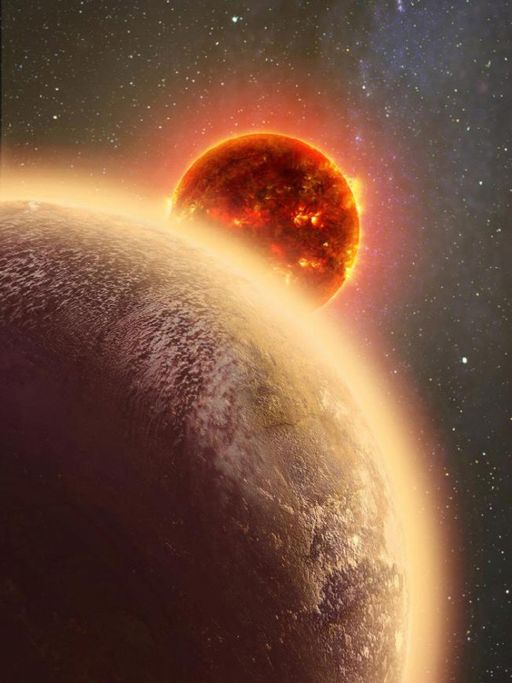
Astronomers have detected the presence of an atmosphere for the first time on exoplanet GJ 1132b, situated just 39 light years away from Earth. This latest news comes as a significant step towards the detection of life beyond our solar system.
The breakthrough study, led by Dr. John Southworth from Keele University, revealed that the exoplanet is 1.6 times larger than Earth. The team of researchers imaged the planet's host star, GJ 1132 and measured the slight decrease in brightness. Its atmosphere absorbed some of the starlight while passing directly in front of their host star.
When the planet was intially discovered, it was found to have a rocky surface with an extreme temperature. The astronomers have detected the atmosphere around the planet with the help of the European Southern Observatory (ESO) located in Chile.
The researchers referred the exoplanet as a potential Venus twin. They said the exoplanet, like Venus, possesses a dense atmosphere, with a distinctive composition. The experts claim that the planet absorbs the light of its host star and even the slightest dip in the planet's luminosity can be measured by them.
"While this is not the detection of life on another planet, it's an important step in the right direction: the detection of an atmosphere around the super-Earth GJ 1132b marks the first time that an atmosphere has been detected around an Earth-like planet other than Earth itself," Dr. John Southworth, in a statement.
Researchers have been hunting for alien life on other planets by analysing the chemical composition of their atmospheres. They try to spot chemical imbalances on those planets that could have been induced by living organisms, just like the presence of oxygen on Earth points towards the existence of life.
"Whilst we're still a long way from detecting life on exoplanets, this discovery is the first step," Dr. Southworth said.
He further added: "With this research, we have taken the first tentative step into studying the atmospheres of smaller, Earth-like, planets. We simulated a range of possible atmospheres for this planet, finding that those rich in water and/or methane would explain the observations of GJ 1132b. The planet is significantly hotter and a bit larger than Earth, so one possibility is that it is a 'water world' with an atmosphere of hot steam."









